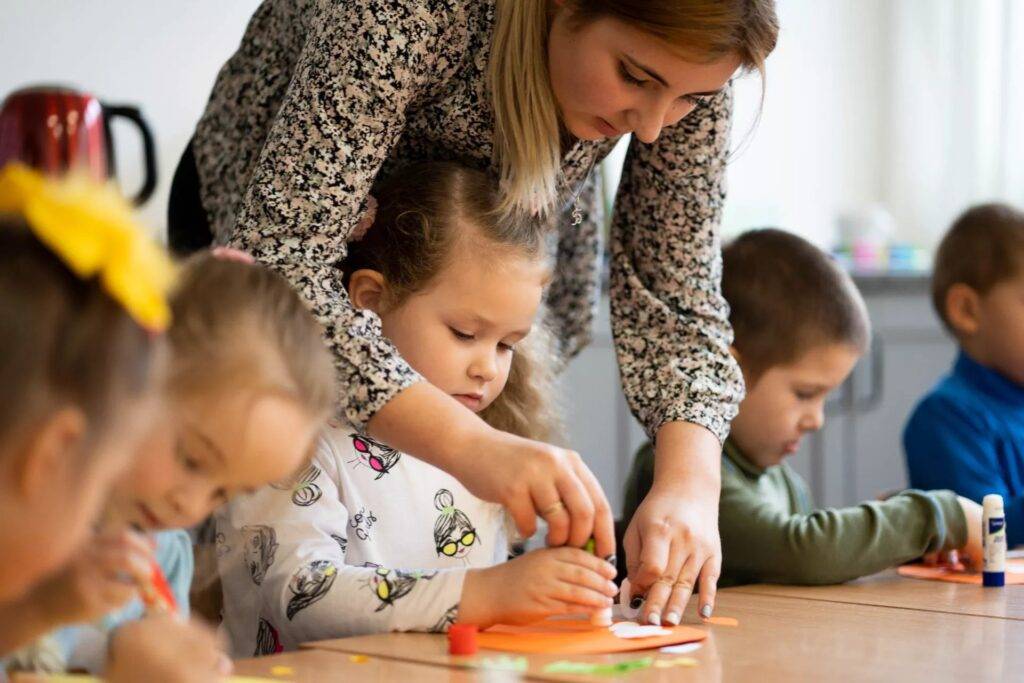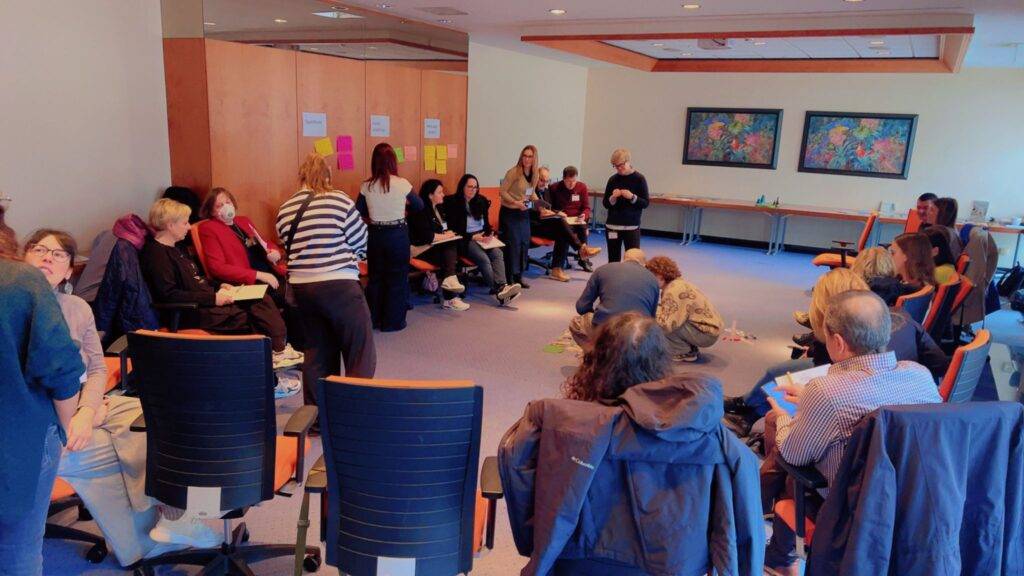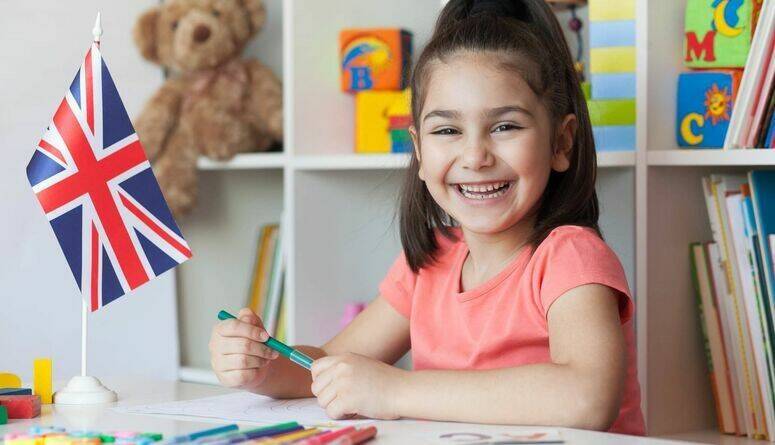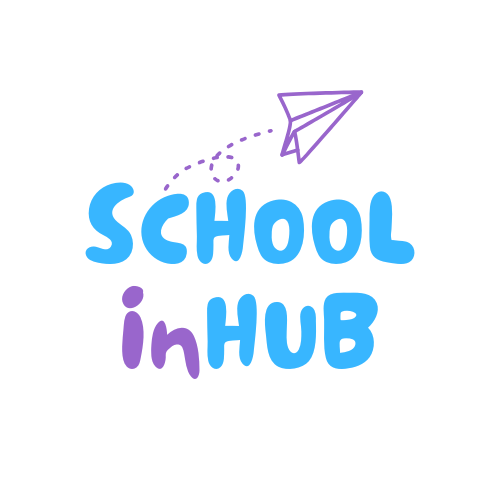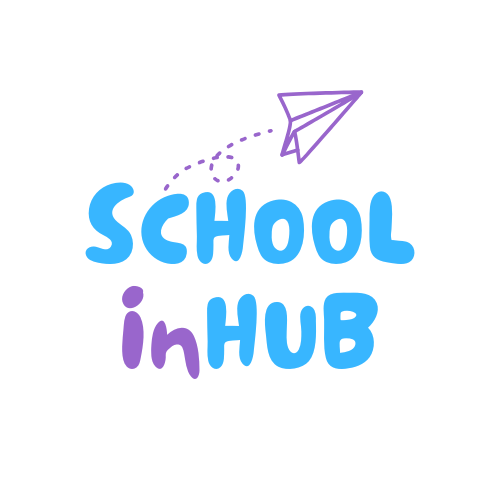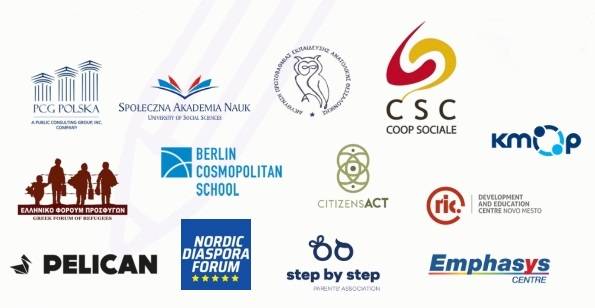SCHOOL IN HUB
SCHOOLinHUB empowers schools to become hubs of inclusion, bridging language and cultural gaps for migrant children and their families.
You can follow the latest updates on the SCHOOLinHUB project here:
SCHOOLinHUB is an innovative European initiative focused on supporting the integration and language teaching for young children of migrants and their families. By transforming schools into dynamic hubs of inclusion, the project offers a comprehensive approach to strengthen the position of children aged 4–7, their parents, and educators in a multicultural environment.
Through modern methods such as CLIL (Content and Language Integrated Learning), social stories, and gamification, SCHOOLinHUB aims to overcome language and cultural barriers and create cohesive, resilient, and inclusive communities. The project also emphasizes the active involvement of parents, professional development of educators, and the mobilization of local communities to ensure long-term social cohesion.
Key elements of the project include:
- innovative digital tools
- 2D educational game (Serious Game)
- mobile app for engagement and support
- comprehensive collection of best practices
SCHOOLinHUB is committed to strengthening individuals and supporting cooperation at the local, regional, national, and European levels.
Join us in shaping a better, more inclusive future where schools play a key role in building bridges and breaking down barriers.
Target group:
The activities of the SCHOOLinHUB project are specifically aimed at four key groups, which together form the foundation of an inclusive society:
- Migrant children (aged 4–7)
The main goal is the development of language skills, supporting social inclusion, and improving academic performance through age-appropriate methods that address the needs of children in a multicultural environment. - Parents of migrant children
The project enhances their language skills and motivates them to actively participate in their children’s education and school community life, fostering mutual understanding and a sense of belonging. - Educators and school leadership
They receive professional support and access to innovative teaching methods focused on multicultural and inclusive education, such as storytelling, mentoring, and CLIL. - Representatives of local communities and institutions
The project promotes interdisciplinary collaboration and the creation of partnerships that lead to the establishment of a friendly, open, and inclusive environment for all members of society.
The common thread across all activities is the strengthening of cohesion, removing barriers, and building bridges between diverse groups in the spirit of European values and openness.
Project goals:
The project aims to support young migrant children (aged 4–7) and their families in integrating into a new environment.
Main pillars of the project:
- School as a center of integration
- Support for language teaching
- Development of social and emotional skills in children
- Prevention of early school dropout
- Support for migrant parents
- Language courses for parents
- Involvement in their children’s education
- Active participation in the local community
- Support for educators
- Innovative teaching methods (e.g., storytelling, mentoring)
- Effective teaching in multicultural classrooms
- Community collaboration
- Partnerships with schools, organizations, and communities
- Strengthening inclusion and social cohesion
- Alignment with EU goals for building an open and welcoming society
The project creates a comprehensive framework for the successful integration of migrants through education, interdisciplinary cooperation, and support at the local, regional, and European levels.
Project partners:
Gallery
